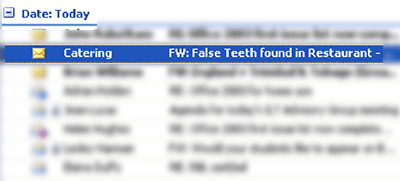email: plus addressing

Most of us have one College email account, and I find that email has replaced internal memos and notices to a large degree.
Many Web sites require an email address to gain access to features, mailing lists, marketing information. Spam might happen. I use a googlemail account to sign up on Web sites to try to cut down the noise on the College account.
Good news: ‘Plus addressing’ is a way that you can add a ‘tag’ to your email address when signing up on a Web site that will allow you to track which emails came as a result of a given Web page form. If your address is fred@gmail.com, you sign up with the address fred+gardening@gmail.com. Then if spam starts arriving with the ‘to’ field fred+gardening@gmail.com you know which list got leaked, and you can set up a spam rule to block mail addressed to the full address with the plus tag. By using different tags for each Web form, you can keep control of which automatically generated mail you want to see.
How it works: ‘Old school’ mail servers ignore everything from the +sign to just before the @ sign in the address. They route the mail to the mailbox with name matching the first part of the address.
Bad news: MS based mail servers bounce emails addressed to an address with a plus tag – you will never see them. Some Web forms check that email addresses are ‘valid’ based on the characters you type in. Some are designed to reject plus addressing as not valid, so you will not be able to use a plus address when signing up.